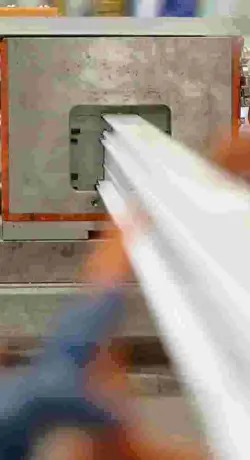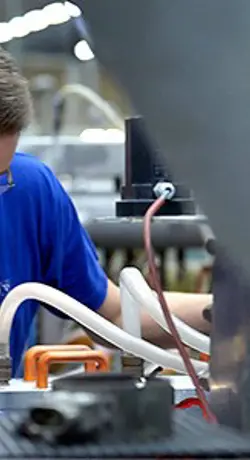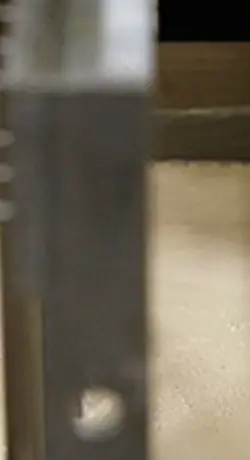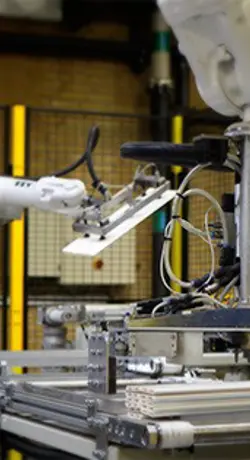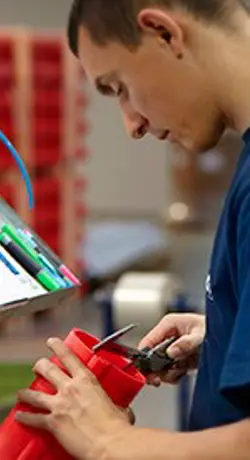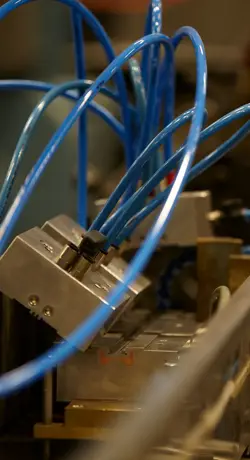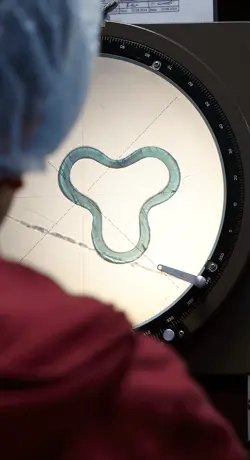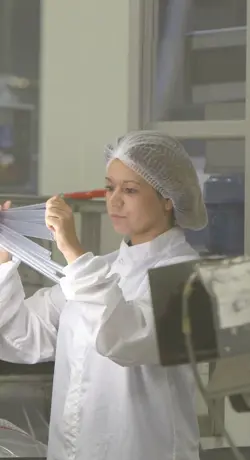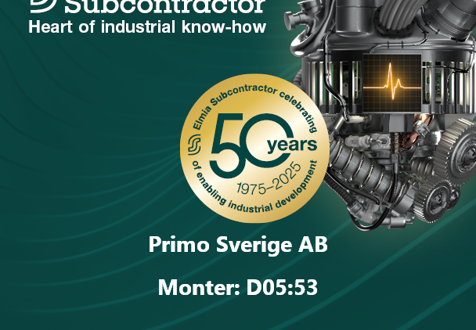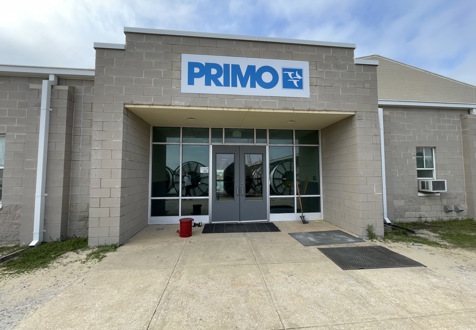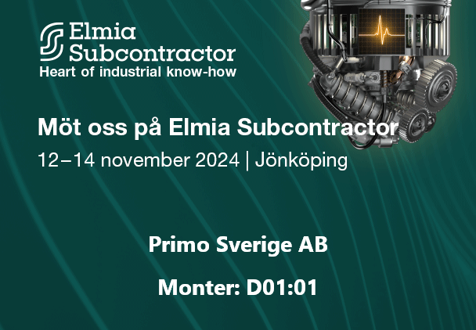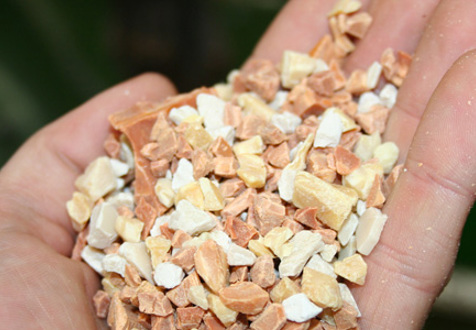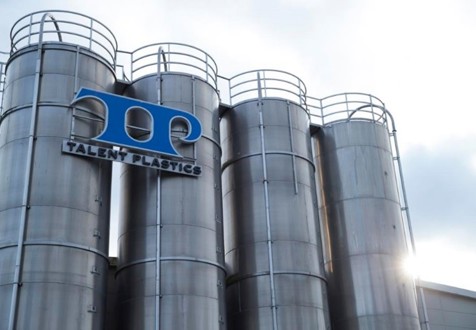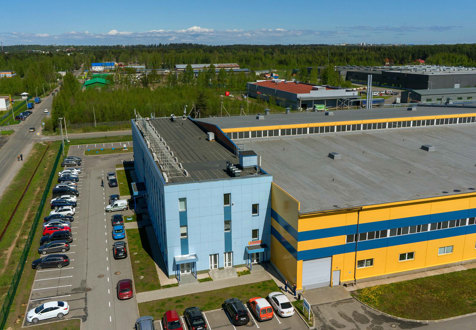Rätt val av material
Du kan optimera plastkomponentfunktioner som produktens livslängd, termiska egenskaper, stabilitet, temperatur och UV-beständighet.
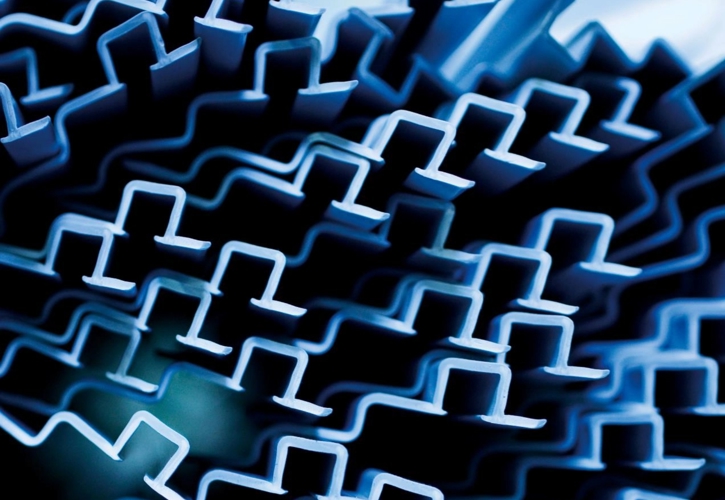
Ändlösa möjligheter med plast
Plast kan formas till en enorm variation av komplexa former; det kan vara styvt eller flexibelt och det kan underlätta designlösningar i tusentals applikationer. Plast kan också strängsprutas för att uppnå en kombination av egenskaper.
Primo kan hitta en plastlösning som i de flesta fall är överlägsen alla andra material du tänker på. Dessutom kan produktegenskaper förbättras genom att blanda olika typer av material eller justera med färger och tillsatser efter dina behov - och alltid när det gäller flexibilitet, hållbarhet och återvinningsbarhet. Primo kan hitta en plastlösning som i de flesta fall är överlägsen alla andra material du har i tankarna.
Plastens fördelar
Vi har 60 års erfarenhet av att testa och dokumentera egenskaperna hos ett brett utbud av plastmaterial, och vi är här för att dela med oss av dessa insikter.

Materialtyper
För detaljerad information, vänligen följ länkarna till Plastipedia, den digitala materialguiden som tillhandahålls av BPF - The British Plastics Federation.
ABS, Acrylonitrile Butadiene Styrene (ABS) and Other Specialist Styrenics
Properties:
Rigid, opaque, glossy tough, good low temperature properties, good dimensional stability and easily electroplated, low creep.
Applications:
Telephone handsets, rigid luggage, domestic appliance housings (food mixers), electroplated parts, radiator grills, handles, computer housings.
ASA, Styrene Acrylonitrile (SAN) & Acrylonitrile Styrene Acrylate (ASA)
Properties:
Rigid, transparent, tough, resistant to greases, stress cracking and crazing, easily processed, resistant to food stains.
Applications:
Drinking tumblers, hi-fi covers, lenses, water jugs and toothbrush handles, kitchen and picnic ware, radio dials, TV set screens, washing machine trims.
EVA, Ethylene Vinyl Acetate EVA
Properties:
Flexible (rubbery), transparent, good low temperature flexibility (-70'C), good chemical resistance, high friction coefficient.
Applications:
Teats, handle grips, flexible tubing, record turntable mats, beer tubing, vacuum, cleaner hosing.
Properties:
The majority of nylons tend to be semi-crystalline and are generally very tough materials with good thermal and chemical resistance. The different types give a wide range of properties with specific gravity, melting point and moisture content tending to reduce as the nylon number increases.
Applications:
Nylon fibres are used in textiles, fishing line and carpets. Nylon films is used for food packaging, offering toughness and low gas permeability, and coupled with its temperature resistance, for boil-in-the-bag food packaging.
PE/HDPE, Polyethylene (High Density) HDPE
Properties:
Flexible, translucent / waxy, weatherproof, good low temperature toughness (to -60'C), easy to process by most methods, low cost, good chemical resistance.
Applications:
Chemical drums, jerrycans, carboys, toys, picnic ware, household and kitchenware, cable insulation, carrier bags, food wrapping material.
PE/LDPE, Polyethylene (Low Density) LDPE, LLDPE
Properties:
Semi-rigid, translucent, very tough, weatherproof, good chemical resistance, low water absorption, easily processed by most methods, low cost.
Applications:
Squeeze bottles, toys, carrier bags, high frequency insulation, chemical tank linings, heavy duty sacks, general packaging, gas and water pipes.
PP, Polypropylene PP
Properties:
Rigid, opaque, good dimensional stability at high temperature and humidity conditions, difficult to process (blended to ease injection moulding), tough.
Applications:
Coffee pot and washing m/c parts (where high temperature and moisture are critical), replacement for die castings, drink vending machines, microwave components.
PC, PC/ABS Polycarbonate PC
Properties:
Polycarbonates are strong, stiff, hard, tough, transparent engineering thermoplastics that can maintain rigidity up to 140oC and toughness down to -20°C or special grades even lower.
Applications:
In recent years Polycarbonate blends have become increasingly commercially important. PC is widely used in blends due to its excellent compatibility with a range of polymers.
PET, Polyesters (Thermoplastic) PETP, PBT, PET
Properties:
PBT, PET and PBT Blends are engineering plastics with excellent processing characteristics and high strength and rigidity for a broad range of applications.
Applications:
Engineering polymers are used in the manufacture of a wide range of components, including under bonnet parts, exterior parts (window wiper holders and exterior mirror housing)
POM, Polyacetals POM
Properties:
Rigid, translucent, tough, spring-like qualities, good stress relaxation resistance, good wear and electrical properties, resistant to creep and organic solvents.
Applications:
Business m/c parts, small pressure vessels, aerosol valves, coil formers, clock and watch parts, nuclear engineering components, plumbing systems, shoe components.
PS, Polystyrene (General Purpose) GPPS
Properties:
Brittle, rigid, transparent, low shrinkage, low cost, excellent X-ray resistance, free from odour and taste, easy to process.
Applications:
Toys and novelties, rigid packaging, refrigerator trays and boxes, cosmetic packs and costume jewellery, lighting diffusers, audio cassette and CD cases.
PS, Polystyrene (High Impact) HIPS
Properties:
Hard, rigid, translucent, impact strength up to 7 x GPPS, other properties similar.
Applications:
Yoghurt pots, refrigerator linings, vending cups, bathroom cabinets, toilet seats and tanks, closures, instrument control knobs.
Properties:
Compatibility with many different kinds of additives - PVC can be clear or coloured, rigid or flexible, formulation of the compound is key to PVC's "added value".
Applications:
Window frames, drainage pipe, water service pipe, medical devices, blood storage bags, cable and wire insulation, resilient flooring, roofing membranes, stationary, automotive interiors and seat coverings, fashion and footwear, packaging, cling film, credit cards, synthetic leather and other coated fabrics.
PUR, glass fibre reinforcement and a polyurethane
PUR is a composite material consisting of glass fibre reinforcement and a polyurethane polymer.
Properties:
Strength, light weight, corrosion resistant, thermal and electrical insulation, stability, thin walls, adhesion, paintability, hygienic.
Applications:
Window and door frames, panel sections and door panels for the automotive industry, bumpers, panels and doorjambs etc. in refrigeration, cable trays, ladders, components in pharmaceutical & food industries, profiles and components in offshore & energy industries.
TPE, TPV, TPU,TPO Thermoplastic Elastomers TPE, TPR
Properties:
Flexible, clear, elastic, wear resistant and impermeable.
Applications:
Soles and heels for sports shoes, hammer heads, seals, gaskets, skate board wheels, synthetic leather fabrics, silent running gears.
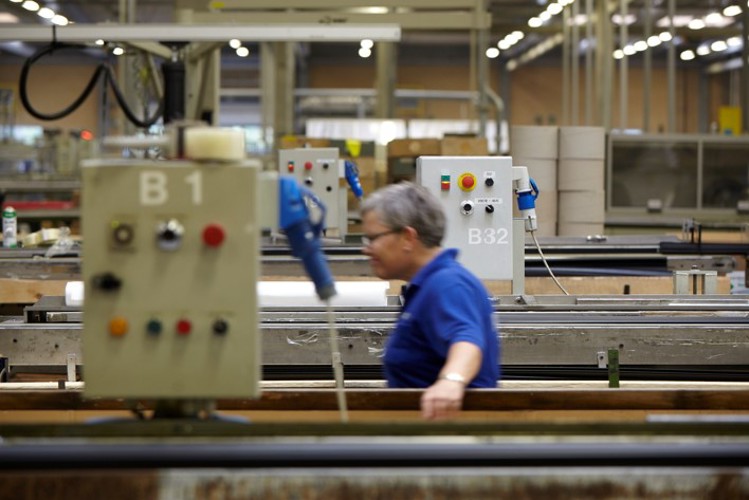
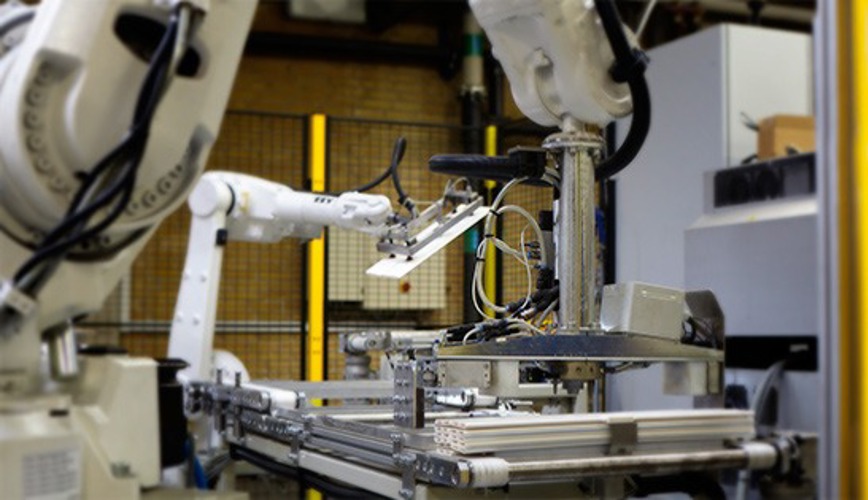
Spårbarhet och dokumentation
Datorstyrning och övervakning säkerställer att all information uppdateras under produktionen. Vårt spårningssystem är en del av vårt ERP-system, IFS, med en integrerad kvalitetsmodul som garanterar hundra procent kontroll. Alla Primo-produkter är fullständigt dokumenterade och datablad kan levereras på begäran.
Plastfamiljen
Plast härrör främst från olja och naturgas. Således är de organiskt baserade material som bearbetas vidare till många olika "syntetiska" typer. De olika typerna av plast har alla olika strukturer som bestämmer deras egenskaper, som styva eller mjuka, flexibla och så vidare. Dessa egenskaper och deras kombinationer begränsas endast av fantasin.
Tusentals applikationer
Plast kan formas till en enorm variation av komplexa former; det kan vara styvt eller flexibelt och det kan underlätta designlösningar i tusentals applikationer. Plast kan också strängsprutas för att uppnå en kombination av egenskaper.
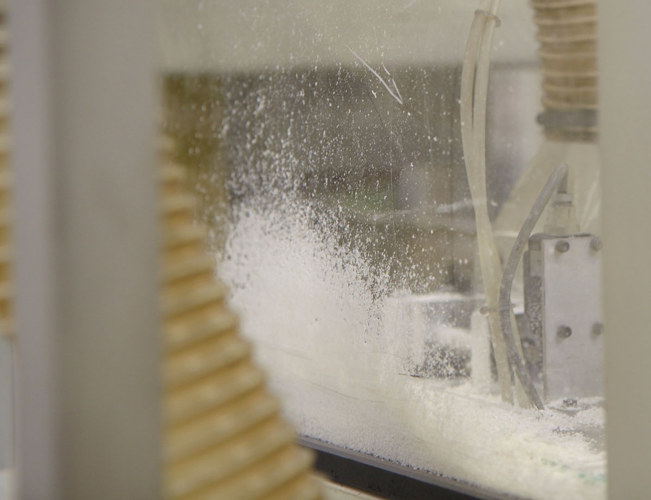
Är du intresserad av andra delar av vår process?
Insikter
Våra medarbetare är fast beslutna att hitta lösningar på alla utmaningar. Den andan ger upphov till fantastiska berättelser.
Visa alla nyheter och artiklar
VILL DU VETA MER?

